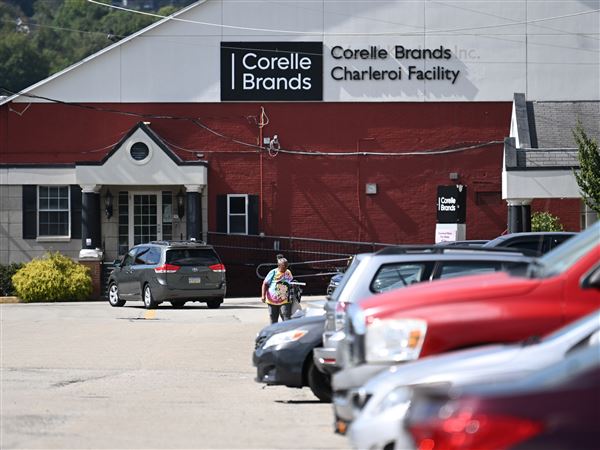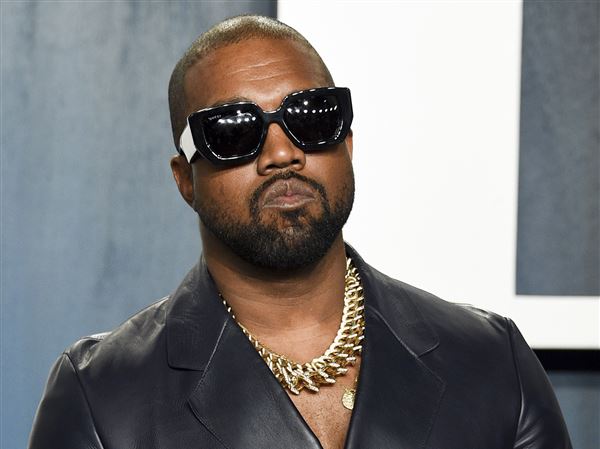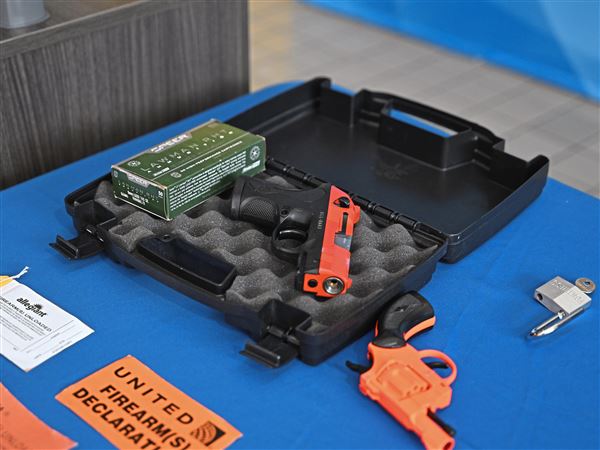The Saturn car brand died last month of natural causes. It was 19.
Saturn's 350 dealers may continue to operate for much of 2010, but after that the network will be phased out.
The brand is survived by four siblings: Cadillac, Chevrolet, Buick and GMC. It was preceded in death by Oldsmobile and Pontiac.
Saturn's parent company, General Motors, is convalescing in intensive care.
Reading the obituary of a car brand is always disappointing. For me, Saturn's passing last month, after a deal fell apart to sell the brand to Penske Automotive Group Inc., felt especially personal.
I grew up near Spring Hill, Tenn., the birthplace of Saturn. In 1990, GM's revolutionary new Saturn division began producing quirky, plastic-body cars at a sprawling new plant nestled in the rolling hills of Middle Tennessee.
I remember visiting the Spring Hill plant soon after it opened. An assembly-line worker dropped a plastic door panel on the plant floor. Then, he jumped on top of it with both steel-toed boots to prove its durability. I thought to myself, "This will come in handy if an Army brigade ever marches across the hood of your car."
It was amazing to see the transformation of a farm into a modern car plant. The Saturn property is ringed by a white fence that my buddies used to paint in high-school summers.
The first sedans off the assembly line -- the so-called S-series cars -- were fuel-sippers that quickly caught on with the American buying public. By 1992, Saturn dealers, using an innovative "no-haggle" sales strategy, were moving more cars per store than any other brand.
The Saturn concept got its start in the early 1980s, when Japanese carmakers were gobbling up market share in the United States with durable, fuel-efficient vehicles. American car buyers, burned by the oil shocks of the 1970s and shoddy American econoboxes, were turning to thrifty imports.
Panicked by the way things were heading, GM announced in 1983 that it was embarking on a new venture that would change the way American cars were made and sold. Coincidentally, it was the same year that Nissan began production of small trucks in Smyrna, Tenn.
Later in the decade, GM announced that Spring Hill, about 30 miles south of Nashville, had won the worldwide lottery for the Saturn plant. The challenge was clear: GM was trying to distance its new company from the gravitational force of its Detroit bureaucracy and go toe-to-toe with the Japanese.
The early 1990s were a heady time for Saturn. About 38,000 Saturn owners gathered in Spring Hill in 1994 to celebrate the brand and its durable -- if unremarkable -- small sedans.
But the euphoria of the early years soon waned. Saturn was slow to change its product line, and the S-series cars grew long in the tooth. By 1999, when Saturn began production of larger L-series cars, Americans had begun their infatuation with SUVs. Saturn unveiled its Vue SUV in 2000, but it was late to the party.
Car folks have told me privately it was inevitable that GM would emerge from the Great Recession as a leaner company with fewer nameplates.
The irony is that today's Saturns are wonderful cars. The Aura sedan, which I recently reviewed, is one of the best cars I've driven this year. But in the auto business, as in life, timing is everything. And sometimes our best efforts are ultimately too little too late.
First Published: October 21, 2009, 4:00 a.m.
















